Lithium is considered a strategic resource in Chile, and its exploitation is steeped in difficulties.
For almost four years the activity has been the source of a legal dispute between the communities of the Atacama Desert and SQM, one of the country’s biggest companies, which is partially owned by the Chinese firm Tianqi since 2019.
Some 1,500km north of the capital Santiago de Chile lies the driest desert in the world. The Atacama once contained enormous masses of water, but what is left now hides underneath the surface, mixed with valuable minerals.
Historically, the Atacama has been a key point for mining in Chile. First with saltpetre, at the beginning of the last century; then copper, which is still the country’s main export; and now lithium. Chile is the second largest lithium producer after Australia and activity is expanding.
With the development of electric cars booming, large quantities of the mineral are needed for their batteries, raising its value. The environmental cost of extraction is predicted to be high, although the full extent is yet to be determined. It is this damage that raises concern in the communities of Chile.
Breaches of lithium’s legislation in Chile
Since 1980, two companies have been mining lithium in the Salar de Atacama, Chile’s largest salt flat, which holds a third of the world’s reserves of the mineral. SQM and Albemarle have rental contracts there with the Corporación de Fomento de la Producción (CORFO), Chile’s agency in charge of supporting entrepreneurship, innovation and competitiveness.
Their operations are governed by environmental regulations such as the Resolutions of Environmental Qualification (RCA), which among other things establish extraction quotas.
In 2016, the Superintendence of the Environment, a state entity that controls environmental permits, started a sanctioning process against SQM because it extracted more brine than the established quota, thus damaging ecosystems.
Lithium is obtained by extracting brine with metals dissolved in it (such as lithium and potassium) from the salar. Millions of cubic metres of this liquid are allowed to evaporate in huge pools exposed to the heat of the desert in order to raise the concentration of lithium from 1 to 6%. The process ends in a closed plant.
SQM extracted more brine that it was allowed to, so in order not to lose its environmental permit it had to present a plan to compensate for the damage. This included an investment of US$25 million to improve its monitoring system and carry out further environmental studies. In January 2019, the plan was approved and the sanctioning process did not continue.
But the communities living in the area, led by the Council of Atacama Peoples, did not agree, as for them the plan did not repair the damage caused. In December 2019, the Environmental Tribunal ruled in their favour. SQM and the Superintendent of the Environment asked the Supreme Court to annul the ruling, but in the end they withdrew their request.
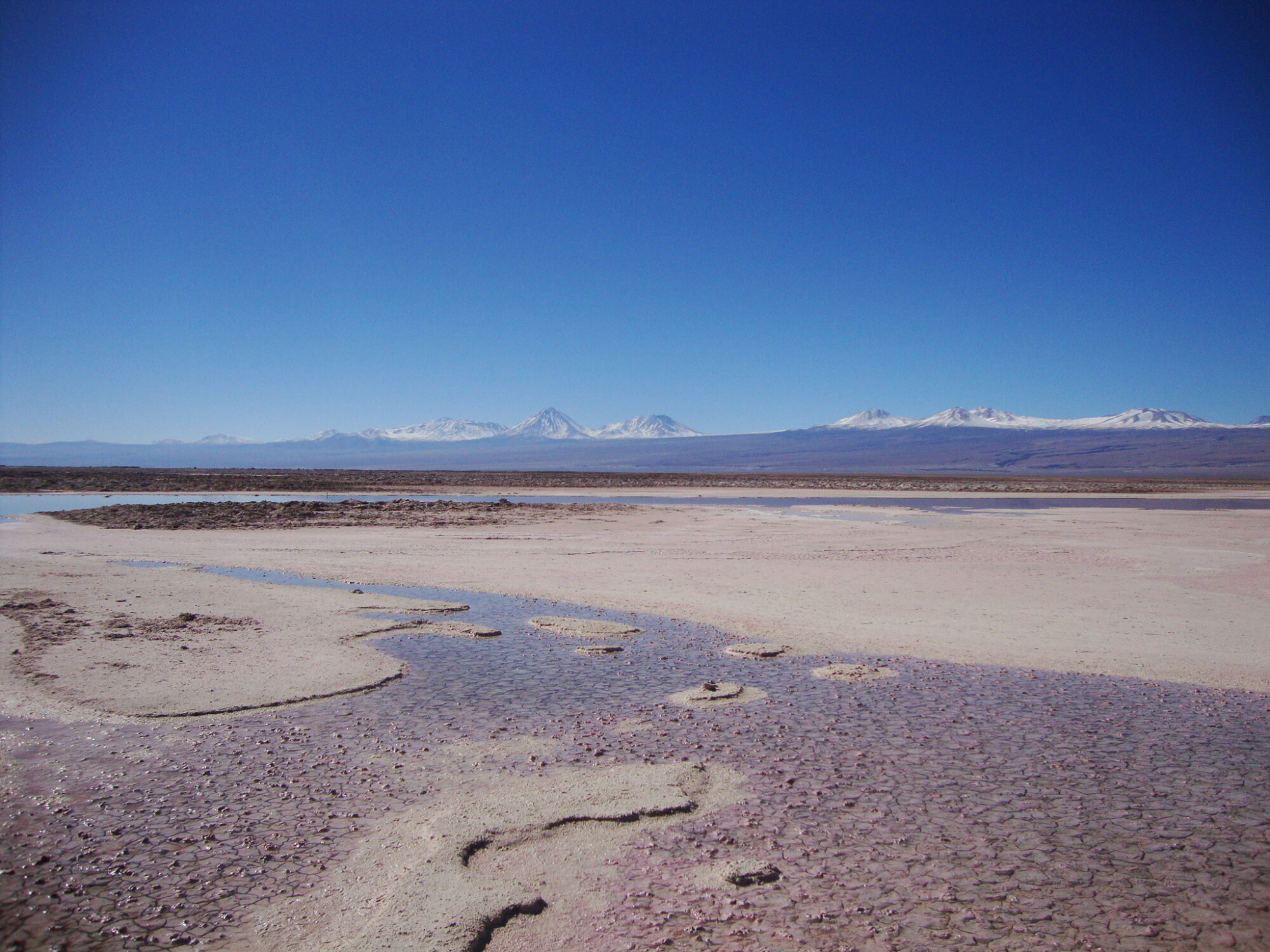
Mining in the Salar de Atacama has always been complex.
“For many people the desert has no more attraction than natural and mineral wealth, leaving aside human, cultural and biological wealth,” says Cristina Dorador, an expert in microbial ecology and an academic at the University of Antofagasta.
This is why Dorador believes that the level of protection of the salt flats and the existing regulations in Chile’s lithium sector are not sufficient. “These are complex and fragile systems that require greater independent scientific attention and questions that are not only linked to the industry,” she says.
The conditions that exist in this ecosystem are unique in the world. It has a high level of endemism and many of the species have developed adaptations to extreme temperature and radiation.
A new stage
In 2018, SQM and Corfo updated their rental agreement in Atacama. This established a fivefold increase in lithium extraction. When asked by Diálogo Chino, Corfo said that this does not imply that they will extract more brine from the salt flats.
“The quantities remain the same as those approved by the environmental authority,” the company replied. Until the new agreement, not all of the lithium had been processed from the brine because that would have exceeded the lithium quota, Corfo added.
Another of the elements updated in the contract is the information required from SQM on monitoring the impact of its operations on the environment. This was supposed to be delivered to the state entity this October. A month prior to that, in September, the company went ahead and launched an online monitoring platform.
These are complex and fragile systems that require greater independent scientific attention and questions that are not only linked to the industry
The aim of the platform is to show both water and brine levels, as well as an environmental and hydrogeological monitoring plan, explains Javier Silva, SQM’s administration manager. In a second stage, monitoring data on the sector’s flora and fauna, collected since 2000, will be published. This will also include information on those extremophiles living in radical heat and radiation.
SQM’s platform will be complemented by a similar one that Corfo is independently developing. This platform will verify the consistency of the data presented by SQM and will be used by auditing bodies and government authorities, monitoring the most important environmental variables.
“The monitoring platform is the way to make what we do transparent,” says Silva. “In general, there is a lack of knowledge about the process (of lithium extraction) and how it affects the environment and the community. In that sense, the best way is to educate people so that they can draw their own conclusions,” he adds.
For Lady Sandón, representative of the Environmental Unit of the Council of Atacama Peoples, the online monitoring platform is insufficient. “You cannot be sure that you are not affecting the fauna and flora. You can’t know the state of the latter, for example, just by describing what is drying up,” she says.
Monitoring of lithium extraction in Chile should have a more relevant criterion, where the impact is studied in a broader way and over time, she added.
Javier Silva says that SQM has contacted the different communities in the area to present the platform so that their comments can be taken into account and improvements made. Sandón noted the invitation, but says the council assembly has decided to stop communicating with the company.
“There was never the will or the intention to work together, as there was with other companies. They had four years to come together and they didn’t,” she said.
Differences between SQMs interactions with the communities were evident last August when one of them, the Camar indigenous community, signed an extra-judicial agreement with the company.
In addition to pushing for the sanctioning process to continue, the Council of Atacama Peoples is preparing to present the case to the Inter-American Commission on Human Rights, a process which has been halted by the pandemic
In the update of SQM’s contract with Corfo, annual funding is established for the development projects that promote the sustainable development of the communities in the Salar de Atacama basin.
Corfo states that this is related to “the need for the State to increase its presence as a guarantor and supervisor, and to look at the salt flats as a whole, not only the mineral wealth, but also their environmental and social background, promoting the sustainability of the salt flats and the value shared with the surrounding communities”.
This would be a way of mitigating or compensating for the externalities generated by lithium extraction and commercialisation.
But the problem is far from being resolved. Last December, SQM’s compliance plan was rejected by Chile’s environmental authority because it was based on questionable science. As yet, the salt flats do not have a hydrological model that can be used to measure the impact of mining activity.
Along with SQM and Albemarle, two other mining companies extract copper from the salt flat: Zaldívar and Escondida. The latter, the largest copper mine in the world, has also been under sanction since July for depleting groundwater levels to below those permitted under the terms of its environmental permit. The company denies this.
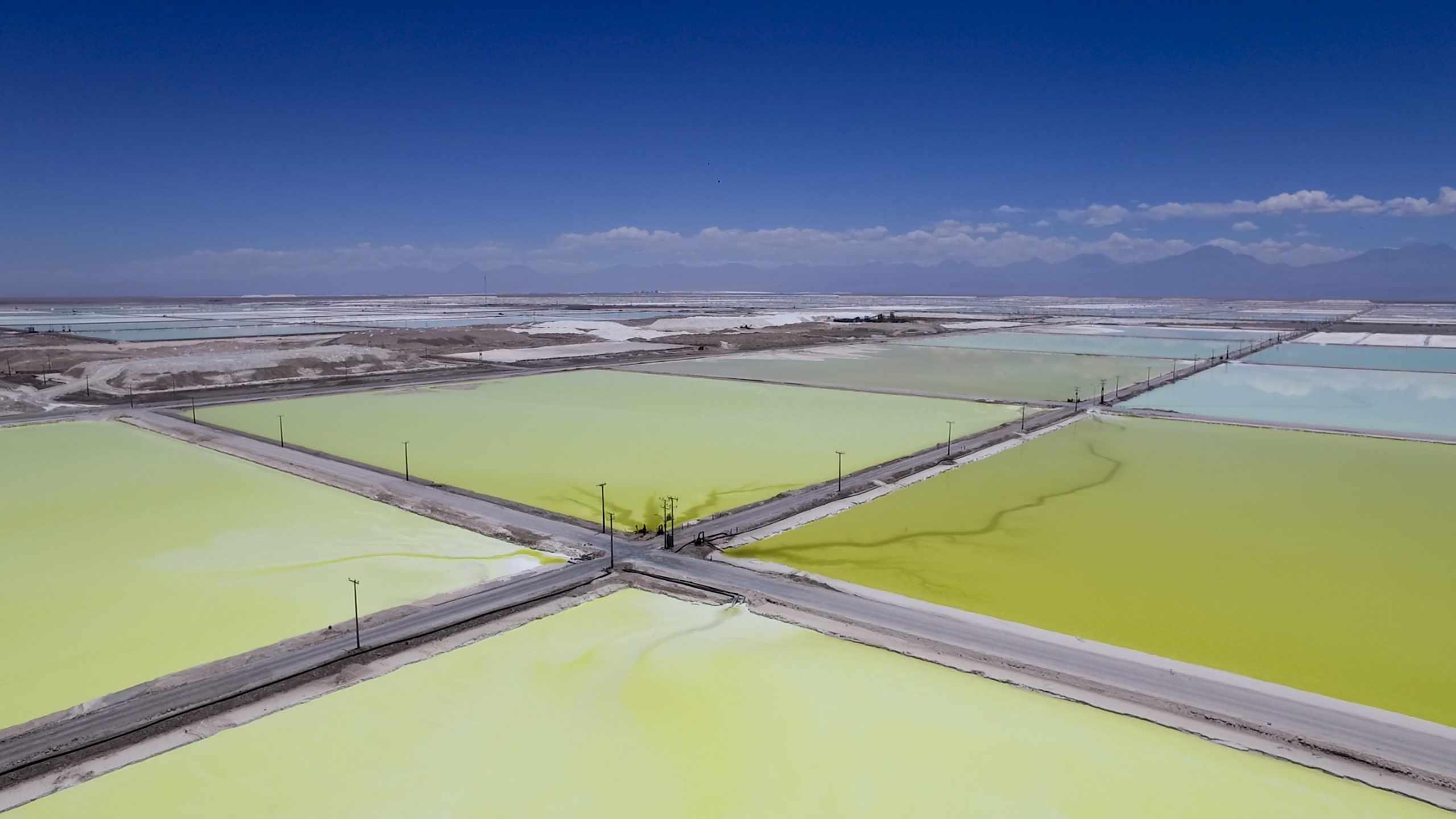
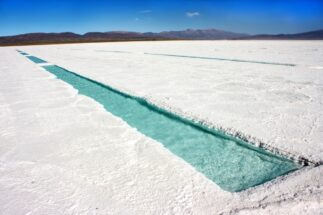
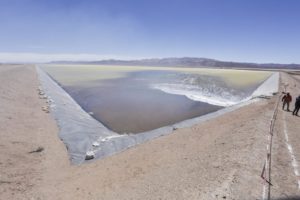
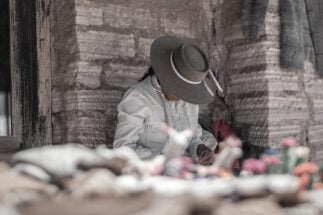
![Kanwar Lake was the largest oxbow lake in Asia, but it has shrunk dramatically [image by: Majid Alam]](https://dialogue.earth/content/uploads/2020/10/Kanwar_7-300x200.jpg)
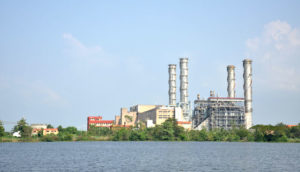

![A snow leopard in Uttarakhand [image by: Sonu Negi]](https://dialogue.earth/content/uploads/2020/10/Featured_image_PIC_credit_Sonu_Negi_1-300x200.jpg)
